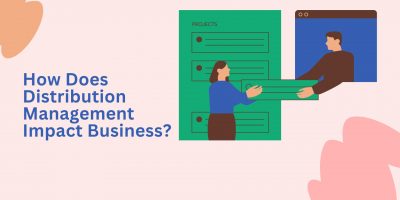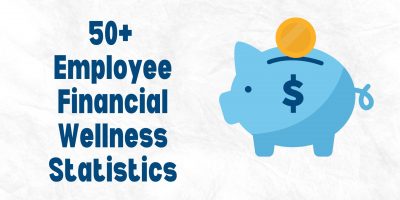
Buying: The Decision Process Behind Purchases
Uncover how buyers make purchasing decisions in the vast pool of alternatives and explore the ever-changing buyer’s journey.

Intent data provides a collection of information about prospects and their online activities. When online users or companies are doing extensive research to find solutions to their pain points, their online activity creates subtle buying signals that unveil their intent.
The valuable dataset of intent data successfully identifies buyers’ location in their purchase journey.
The statistics below show how intent data can help companies better understand prospects and offer adequate solutions to their needs.
Browse our curated list of vendors to find the best solution for your needs.
Subscribe to our newsletter for the latest trends, expert tips, and workplace insights!

Uncover how buyers make purchasing decisions in the vast pool of alternatives and explore the ever-changing buyer’s journey.

In the game of supply chain, distribution management is the key player that turns potential chaos into organized efficiency.

Your SaaS company doesn’t need a physical office abroad to trigger a multimillion-dollar tax bill. With authorities expanding the definition of permanent establishment, unprepared employers often realize the risk too late.

Uncover 50+ key statistics on employee financial wellness, providing valuable insights into the financial state within the workplace.
Used by most of the top employee benefits consultants in the US, Shortlister is where you can find, research and select HR and benefits vendors for your clients.
Shortlister helps you reach your ideal prospects. Claim your free account to control your message and receive employer, consultant and health plan leads.